Julien Vallée
A young Canadian designer marries painstaking handcraft with digital finesse


The work of Québec-born graphic designer Julien Vallée practically leaps off the screen, and in some cases literally, as in a paper sculpture that he did for the 2008 Illustrative Zurich Festival. Spray from a can explodes through a stark black background into a thousand primary-colored shards, for a sculpture that is so dynamic, you can hardly believe it isn’t moving.
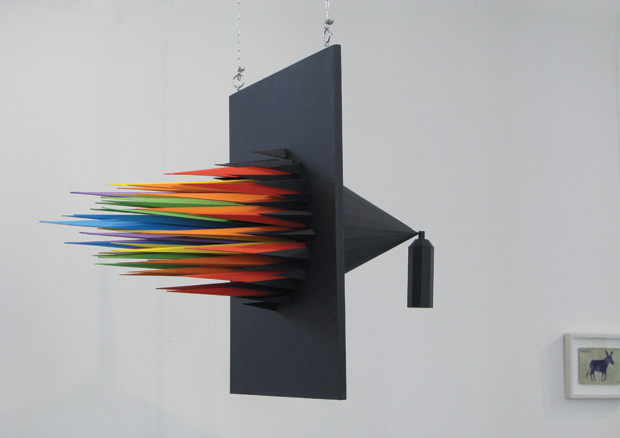
In a move that’s unusual in this digital age, a lot of Vallée’s work features handcrafts, or the meticulous construction of elaborate props and scenarios, combined with stop-motion photography and digital manipulation. “Handmade works incorporate a lot of personality into the end result—the imperfection of a hand-drawn illustration, imprecise 3D shapes. I like the fact that images are created without the pretension of being perfect at the end, which is harder to pretend in a digital image,” he said in a recent interview with Cool Hunting.
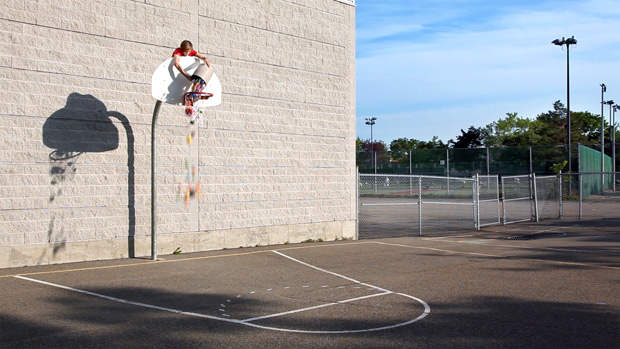
Vallée acknowledges it can be a labor-intensive process—”I work a lot and late at night,” he explains—but the results are astounding. His work is simultaneously nostalgic, harkening back to the early days of animation, and hauntingly surreal. For OFFF Paris in 2010—a cultural festival featuring cutting-edge artists—he created a series of short films using objects that he had on hand. A basketball bouncing off the backboard suddenly smashes, like a watermelon. A person jumping off a ladder briefly separates in two, then goes serenely on his way.
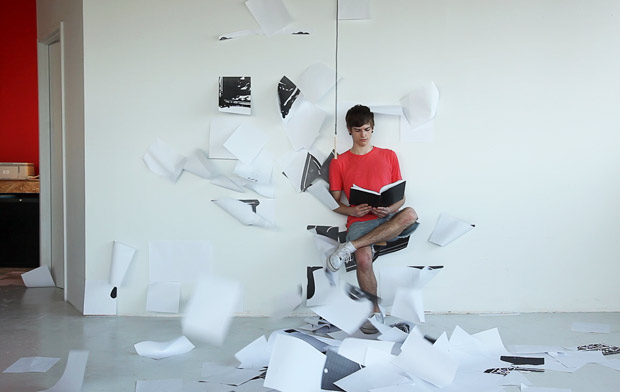
“At the beginning, since I didn’t have any money, I started working with what I had around me,” Vallée tells us. “I started doing stop-motion with paper and an old digital camera. It helped me to develop a certain technique with paper.”
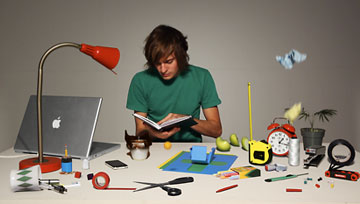

But Vallée isn’t a Luddite. “I wouldn’t hesitate to create a 100% computer-generated image if I feel it’s the way it should be done,” he said. The process varies from project to project, but in the end, he attempts to bridge the gap between what he builds with his hands, and what we see in a book or onscreen. Being accustomed to melding the physical world with the digital one also means that inspiration is everywhere, as in an interactive video called “Danse Dance” that he originally produced for 2010’s If You Could Collaborate exhibition, with Nicolas Burrows. Each object on an ordinary workstation—a mug of coffee, a pen—was set into motion and recorded, and the viewer can manipulate each dancing object as they please.
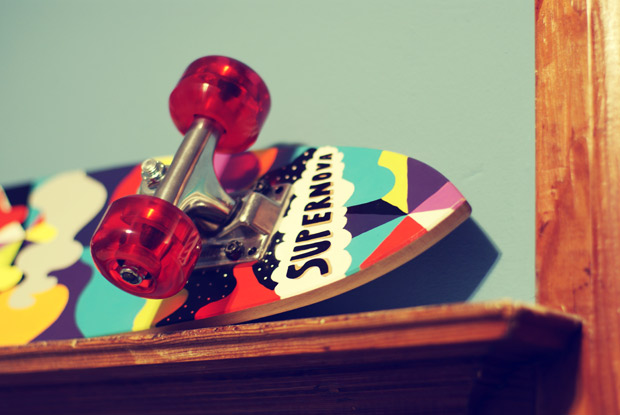
Vallée graduated from the University of Québec in Montréal in 2007, with a degree in multimedia in collage and graphic design. After a short stint in a program helmed by Stefan Sagmeister—who Vallée says “knows how to express ideas, which is related to our everyday work in graphic design. He’s also a really tall man”—and working for an impressive array of clients like MTV Australia and The New York Times Style magazine, Vallée started his own studio in Montreal in September 2010. He said, “It’s a lot of work, but I’m proud of it and it gives me the possibility to choose the projects I like, and work with people that I like to work with.”

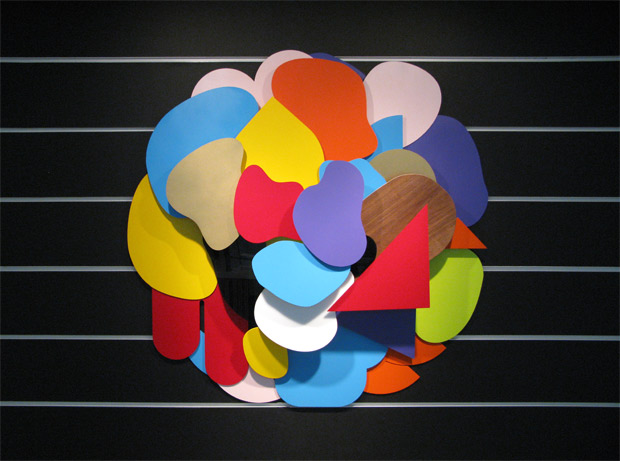
Now settled in the young, creative design scene in Montréal, Vallée has begun work on a project with Google. But he is, as always, on the lookout for new projects–which, given his track record, he’ll probably master that in record time as well.” Changing the way I work for each project helps me to try new things and prevents me from being stuck in a sphere of comfort,” he said. “Being unstable shapes creativity.”
The Audi Icons series, inspired by the all-new Audi A7, showcases 16 leading figures united by their dedication to innovation and design.












